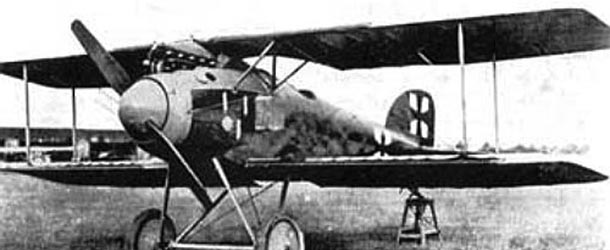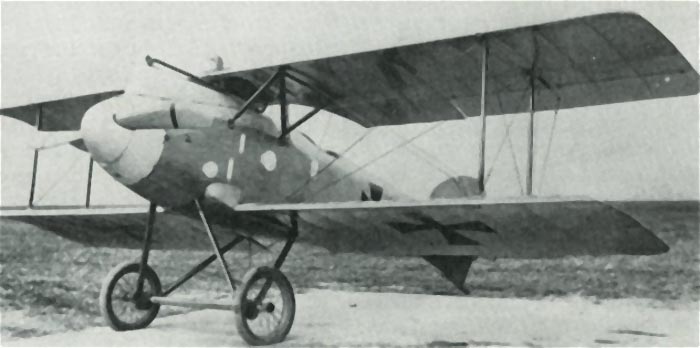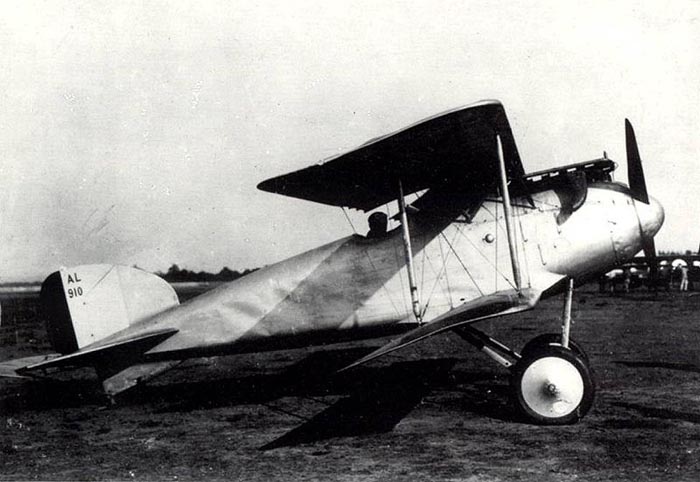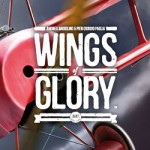Four new fighters will soon be added to the WW1 Wings of Glory Airplane Packs line: the SPAD S.VII, Albatros D.II, Bristol F.2B Fighter, and Halberstadt Cl.II. After hearing about the SPAD S.VII, let’s learn something more about the Albatros D.II, one of the most famous German fighters of WW1 and piloted by some of the greatest Aces of World War I.
The Albatros D.II was the first version of the Albatros biplane fighter to be produced in significant numbers and had a successful combat career in the early Jagdstaffeln (alongside the later D.III that gradually superseded it), helping the Germans gain air supremacy early in 1917.
The first D.I design was ready in April 1916. In June, Albatros received a contract to produce twelve prototypes, possibly including the first D.II. Albatros designers Thelen, Schubert, and Gnädig produced the D.II in response to pilot complaints about poor upward vision in the Albatros D.I.
The solution was to reposition the upper wing 36 cm (14 in) closer to the fuselage and stagger it forward slightly. Rearrangement of the cabane struts also improved forward view. The D.II otherwise retained the same fuselage, engine installation, and armament as the D.I. Basic performance was unchanged. The Idflieg (Inspektion der Fliegertruppen - Inspectorate of Flying Troops), ordered an initial batch of 100 D.II aircraft in August 1916.
In November 1916, Idflieg banned Windhoff "ear" radiators in operational aircraft because they were below the crankcase of the engine they were cooling - any shot into either radiator was likely to drain the cooling system.
Late production D.IIs switched to using a Teves und Braun "airfoil shape" radiator (the Teves company still exists in the 21st century) in the center section of the upper wing. This also proved to be problematic, as a leaking or battle damaged radiator could scald the pilot's face. On later Albatros fighters (late models of the D.III, and the D.V), the radiator was moved to the right of the center section to alleviate this problem.
The D.II entered service just as the German fighters were organized into squadrons for the first time. Previously, they had been allocated to reconnaissance units, operating in one and twos to escort bombers or reconnaissance aircraft.
Early in 1916 a small number of fighter squadrons had been formed (the Kampf-einsitzer Kommandos). Finally, in the summer, the first seven Jastas (Jagdstaffel) were formed, each with a complement of twelve fighters. At first, these Jastas were equipped with a mix of biplanes including the Fokker D.III and D.IV, the Halberstadt D.II and D.III, and the Albatros D.I and D.II.
D.IIs formed part of the early equipment of Jagdstaffel (Jasta) 2, the first specialized fighter squadron in the German air service. Famous pilots included Hauptmann Oswald Boelcke (Jasta 2s first commander) and Manfred von Richthofen. With its high speed and heavy armament, the D.II won back air superiority from Allied fighters, such as the Airco DH.2 and Nieuport 11.
Albatros built 200 D.II aircraft. LVG (Luft-Verkehrs-Gesellschaft) produced another 75 under license. The first D.II reached the front in September 1916. Twenty eight were in use in November 1916 and, by the end of January 1917, there were 214 D.IIs at the front. By May, however, that figure had fallen to only 107 as the D.II was being replaced by D.III.
The D.II was thus still a major part of the German air force during April 1917, known as 'Bloody April' in the R.F.C. because of the high number of aircraft lost. The numbers in use fell off dramatically in the second half of 1917 and by January 1918 only 6 were at the front.
Oeffag (Oesterreichische Flugzeugfabrik AG) also built the D.II under license, as the Oeffag Va.53 / Oeffag series 53, for the Luftfahrtruppen. The Austrian machines used a 138 kW (185 hp) Austro-Daimler engine, and were fitted with a Teves und Braun-style wing mounted radiator. Oeffag produced only 16 examples before production shifted to the Albatros D.III.
Information sources: The History of War, Aircraft Wikimedia, Wikipedia, University of Szeged - Library, Virtual Aircraft Museum.













Follow Us on